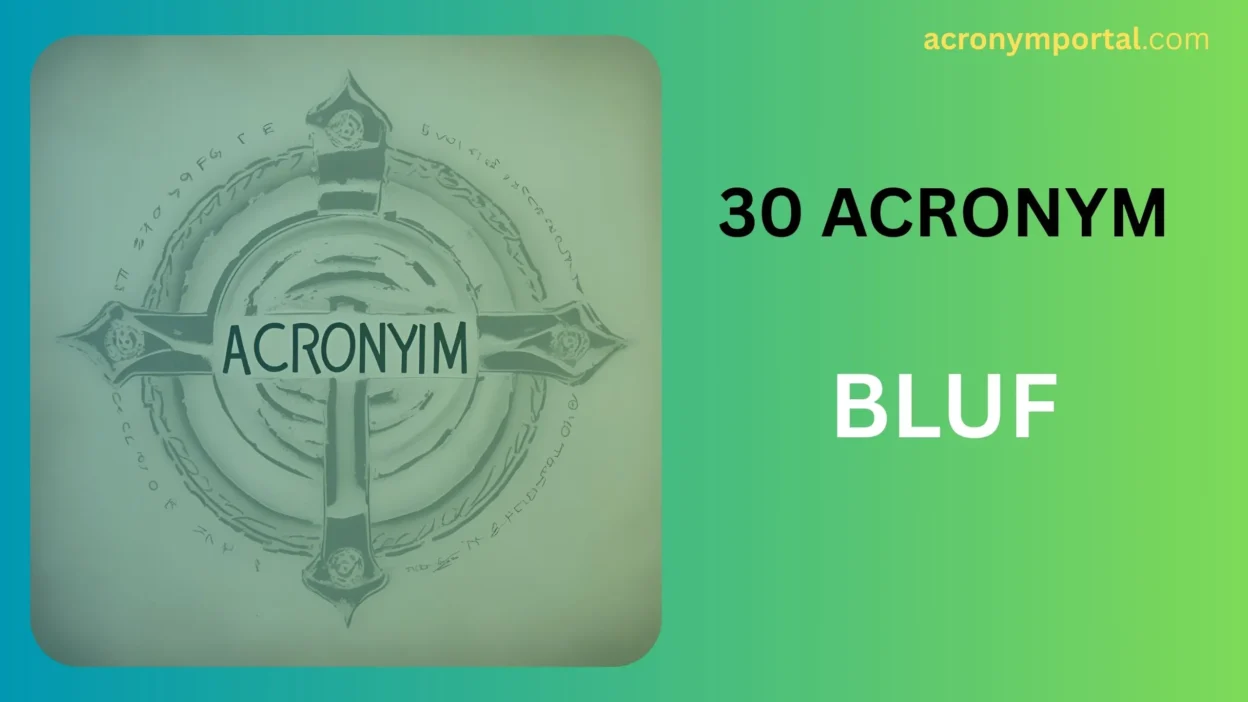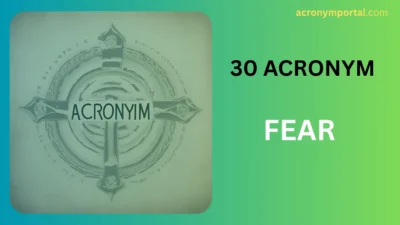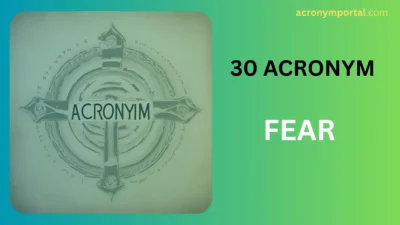It’s a military-origin term, often used in business or strategic communication. But beyond its literal use, BLUF has come to reflect a certain mindset or personality trait—one that values clarity, decisiveness, efficiency, and directness.
People who “BLUF” don’t waste time. They speak plainly, lead with conclusions, and prefer action over excessive analysis. It’s the opposite of being vague, indirect, or overly polite.
So, if you’re describing someone who’s to-the-point, no-nonsense, or solution-oriented, here are 30 alternatives that capture different shades of that BLUF energy—with usage tips and example sentences for each.
🎯 30 Alternatives to the “BLUF Acronym” Personality
1. Direct
Meaning: Straightforward; says what they mean.
Example: She was direct in giving her feedback.
When to use: General-purpose word for blunt, honest communication.
2. Concise
Meaning: Uses few words, but makes it clear.
Example: His instructions were concise and easy to follow.
When to use: Efficiency in writing or speaking.
3. Blunt
Meaning: So direct, it might come off as rude.
Example: He was blunt about the project’s failure.
When to use: When the message is honest but harsh.
4. Assertive
Meaning: Confidently states opinions or needs.
Example: She’s assertive in meetings but still respectful.
When to use: For confident communication without aggression.
5. Decisive
Meaning: Able to make quick, firm decisions.
Example: He made a decisive call under pressure.
When to use: Strong leadership or crisis moments.
6. Efficient
Meaning: Gets things done without waste.
Example: Her efficient work style saved time.
When to use: Task-driven personalities.
7. To-the-point
Meaning: Focused on essentials, no fluff.
Example: Her email was short and to-the-point.
When to use: When clarity matters more than politeness.
8. No-nonsense
Meaning: Serious, practical, avoids foolishness.
Example: He runs a no-nonsense team.
When to use: Tough, practical leadership.
9. Clear-headed
Meaning: Thinks logically and stays calm.
Example: She remained clear-headed in the crisis.
When to use: Clarity under pressure.
10. Strategic
Meaning: Focuses on long-term goals and outcomes.
Example: His strategic thinking reshaped the department.
When to use: Planning-oriented communication.
11. Focused
Meaning: Doesn’t get distracted.
Example: She’s focused on results, not politics.
When to use: Work environments or goal-driven mindsets.
12. Brief
Meaning: Says a lot with a few words.
Example: His brief response ended the debate.
When to use: Quick, efficient messaging.
13. Unambiguous
Meaning: Leaves no room for confusion.
Example: The contract was written in unambiguous language.
When to use: Legal, technical, or high-stakes writing.
14. Forthright
Meaning: Honest and direct, even when it’s hard.
Example: She was forthright about the risks.
When to use: Ethical or transparent communication.
15. Decisive Communicator
Meaning: Shares conclusions, not just information.
Example: As a decisive communicator, he always starts with the point.
When to use: Military, business, leadership writing.
16. Cut-and-dry
Meaning: Simple and straightforward, no debate.
Example: The decision was cut-and-dry.
When to use: For cases with one clear outcome.
17. No-frills
Meaning: Basic, stripped-down, essentials only.
Example: Her presentation was no-frills but effective.
When to use: Minimalist approach to communication.
18. Transparent
Meaning: Open and honest, with nothing hidden.
Example: He’s known for being transparent with his team.
When to use: Builds trust.
19. Commanding
Meaning: Gets attention and respect when speaking.
Example: She has a commanding presence in meetings.
When to use: Authority-driven settings.
20. Terse
Meaning: Extremely brief, sometimes cold.
Example: His terse reply shut down the discussion.
When to use: When being short feels intentional or cold.
21. Analytical
Meaning: Breaks things down logically.
Example: He offered an analytical summary up front.
When to use: Data-focused thinkers who BLUF with evidence.
22. Plainspoken
Meaning: Uses simple, clear language.
Example: She’s plainspoken and easy to understand.
When to use: For relatable or down-to-earth communication.
23. Methodical
Meaning: Follows clear, logical steps.
Example: Her methodical style keeps projects on track.
When to use: Structured BLUF-style planning.
24. Results-Oriented
Meaning: Focused on outcomes, not talk.
Example: He’s a results-oriented manager.
When to use: Business, tech, or goal-driven work.
25. Structured
Meaning: Follows an intentional format or plan.
Example: His structured approach made it easy to follow.
When to use: Organizing complex information clearly.
26. Professional
Meaning: Communicates clearly, respectfully, and efficiently.
Example: She kept the conversation professional and brief.
When to use: Formal settings or business communication.
27. Sensible
Meaning: Practical and grounded.
Example: He gave a sensible summary before moving on.
When to use: Balanced, level-headed clarity.
28. Lucid
Meaning: Easy to understand; logical.
Example: His lucid explanation cleared up the confusion.
When to use: Teaching or simplifying complex ideas.
29. Minimalist
Meaning: Uses only what’s essential.
Example: The minimalist slide deck was impactful.
When to use: Design, communication, or writing.
30. Authoritative
Meaning: Confident and credible.
Example: Her authoritative tone settled the argument.
When to use: Leadership or instructional communication.
🧠 How to Choose the Right “BLUF” Alternative
Consider the tone, purpose, and audience:
- Professional or formal? Use “concise,” “structured,” or “transparent.”
- Tough-love or hard-hitting? Try “blunt,” “forthright,” or “no-nonsense.”
- Simplifying the complex? Go for “lucid,” “plainspoken,” or “methodical.”
- Leadership-focused? “Commanding,” “assertive,” and “authoritative” fit well.
💬 Final Thoughts:
Whether in writing, meetings, or leadership, BLUF-style communication saves time, builds trust, and drives clarity.
The alternatives above can help you match the tone and intensity needed for your message—without sacrificing precision or personality.





I would like to thank you for the efforts you’ve put in penning this site.
I am hoping to see the same high-grade content
from you in the future as well. In truth, your creative writing abilities has encouraged me to get my very own site now 😉
My site :: youtube downloader
It’s not just a massage — it’s healing. Thank you,
토닥이.
내가 소홀히 했던 감정과 피로를 마주하고 위로받을 수
있었던 강남여성전용마사지는 제게 깊은 울림을 주었어요.
After just one visit to 부산여성전용마사지, I felt like I was
finally able to breathe again.
삶이 너무 빠르게 흘러가버려 나를 놓치고 있었는데, 인천여성전용마사지에서 다시 중심을 되찾았어요.
여성전용마사지
이후, 몸이 한층 가벼워졌습니다.
혼란스러운 감정을 정리하고, 다시 중심을 잡게 해준 수원여성전용마사지.
강남호빠 is a hidden gem in the middle of the city.
오랜만에 힐링이 필요했는데 강남호빠 덕분에 제대로 쉬었어요.
There was no need to explain or pretend—at 여성전용마사지, I was accepted just as I was, and
that acceptance alone was profoundly healing.
오랜만에 힐링이 필요했는데 강남호빠 덕분에 제대로
쉬었어요.